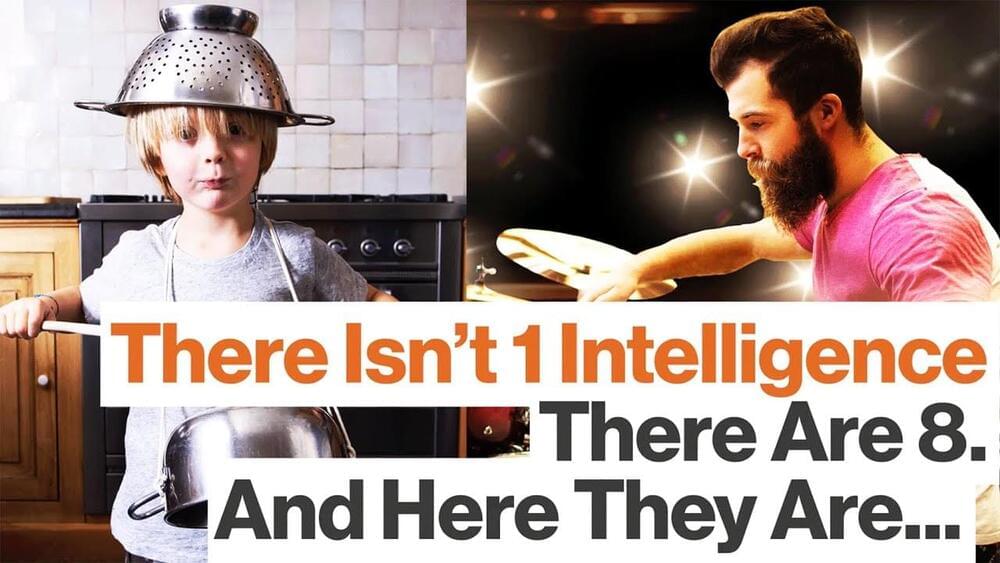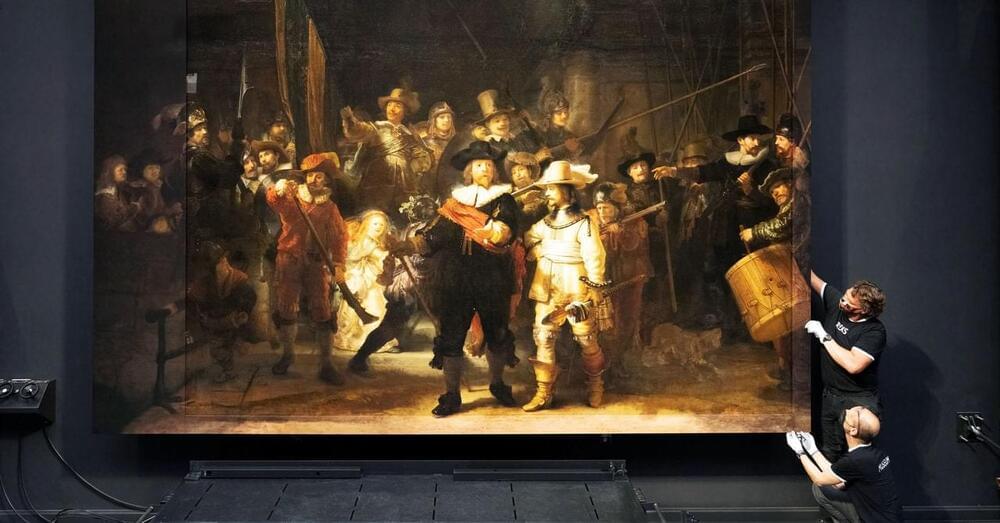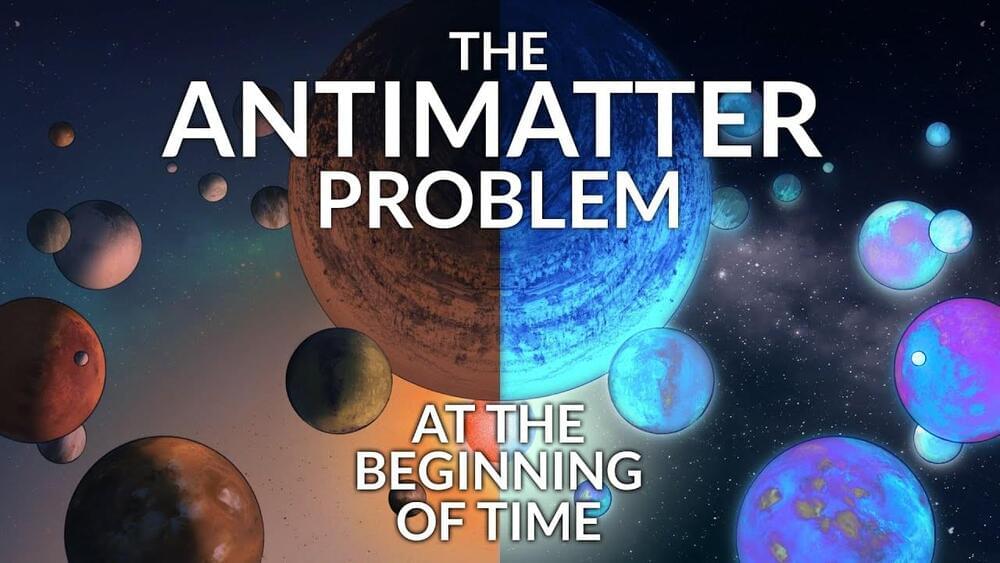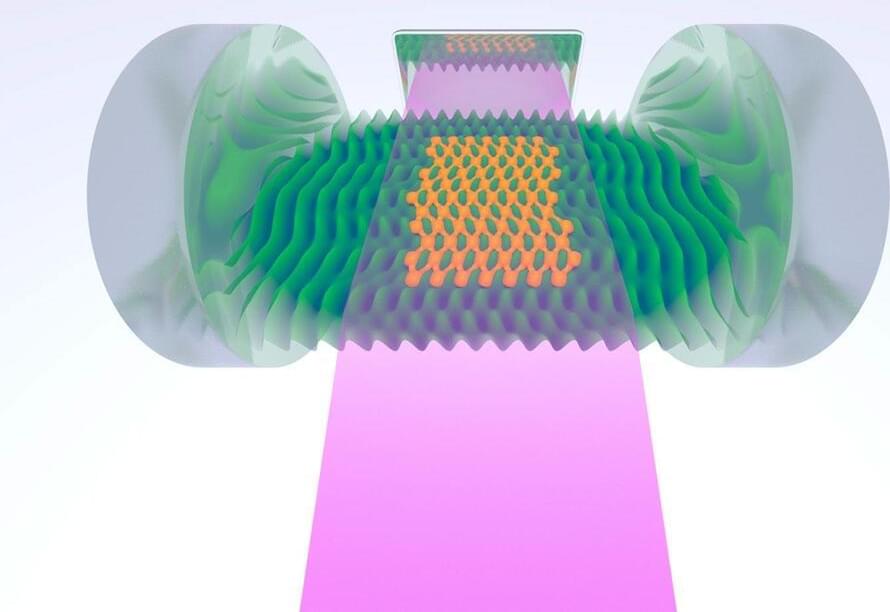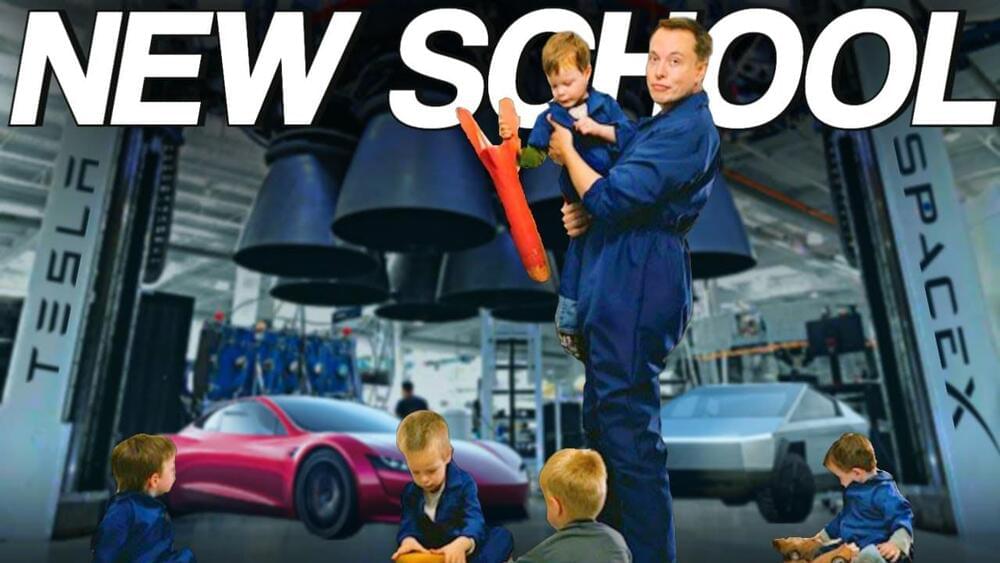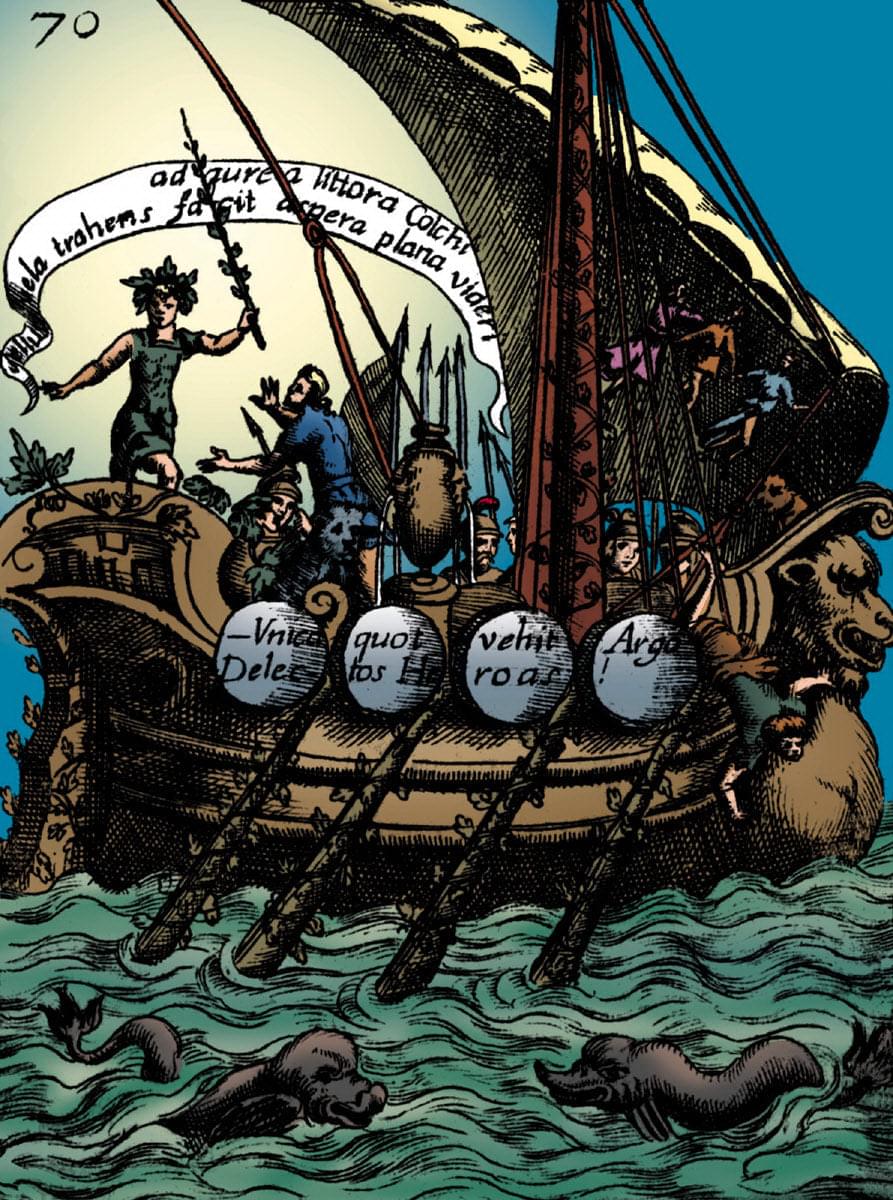
Le Imagini con la sposizione dei dei de gli antichi (The Images of the Gods of the Ancients and their Explanations) was first published in Venice in 1556. Illustrations were added in subsequent editions. New engraving and translation into other languages continued for about 150 years. Although Vicenzio Cartari lived in Renaissance Italy in 1556. he was an antiquarian, and most of the imagos originate from the late Ptolemaic period. I was an antiquarian book dealer in London specialising in Emblem books, and have most of the different early Cartari editions.
The birth of Tarrochini in Italy predates Cartari. The “Four Orders of Virtue” game by Martiano da Tortona is first mentioned in 1425. Robert Place and Ross Caldwell have replicated the lost paintings of the da Tortona using written descriptions. My approach is to use “Images of the Ancient Gods” (Cartari’s imagos) as the source images for Apollo, Hercules and the others. These icons would have been familiar to da Tortona, and could formed the basis for his lost paintings. The Wheel of Fortune originally was the Wheel of Fortuna — Goddess — but Christianised “occult” tarot of the Victorians removed as many pagan traces as it could get away with, adding The Devil, Pope and a few purely Christian images. Eliphas Levi is partly to blame.
The most important engravings are by Bolognino Zaltieri, 1571. A later 1,614 edition has slightly different engravings by Paulus Hachenberg, and I have colourized both these series. Some imagos retain banners of names or slogans associated with particular emblemata. My names won’t be agreed by everyone and can be argued about, but the reasons for these names are given in my book with reference to Cartari and The fountaine of ancient fiction Wherein is liuely depictured the images and statues of the gods of the ancients, with their proper and perticular expositions. Done out of Italian into English, by Richard Linche Gent. London: Printed by Adam Islip, 1599. I will post these 176 plus versions together with meanings and extra information on these Patreon pages regularly.
